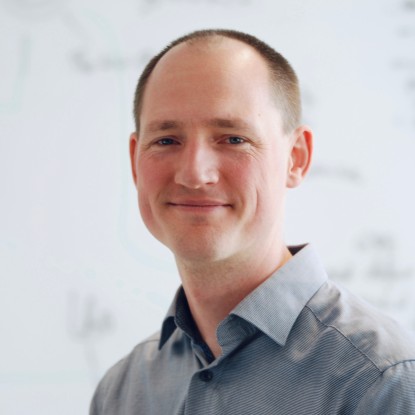HEISY-ORG
HEidelberg's Integrated SYstem for ORGanic electronics
Here, you find information about the methods maintained at Innovationlab by our group.
X-Ray Photoemission Spectroscopy (XPS)
X-ray photoelectron spectroscopy (XPS) allows chemical and electronic investigations of surfaces and interfaces. Therefore, the sample surface is irradiated with monochromated x-rays. The emitted photoelectrons are detected energy dispersively. Due to their small inelastic mean free path in solids XPS is an extremely surface sensitive method. Chemical information given by XPS are the element distributions and their stoichiometry as well as element oxidation states. At InnovationLab we use a “VersaProbe 5000” from Ulvac-Phi equipped with a monochromatic aluminum x-ray tube and a concentric hemispherical analyzer. For in situ analysis it is connected to an integrated UHV system equipped with several evaporation chambers and a glovebox for liquid phase preparation.
UV Photoemission Spectroscopy (UPS)
Ultra-violet photoemission spectroscopy (UPS) allows the determination of electronic surface and interface properties. Here, a helium discharge lamp is used to provide excitation light. The method is especially suited for valence electron spectroscopy. Using UPS, the Fermi level position as well as electric surface potentials can be determined by quantifying ionization energies and work functions. In the case of a gradual material deposition on substrates typical mechanisms of contact formation can be investigated, e.g. charge transfers and potential distributions around the contact (band bending and interface dipole). Furthermore, UPS allows the determination of electronic barrier heights at interfaces.
Kelvin Probe
As complementary method to UPS the Kelvin probe is also able to measure the work function and electric surface potentials. In contrast to UPS which uses UV light as excitation source the Kelvin probe works completely contactless using a periodic oscillating metallic mesh. This prevents a possible thermodynamic non-equilibrium situation caused by the UPS light irradiation. However, the work function cannot be quantified absolutely but only relative to a standard material.





